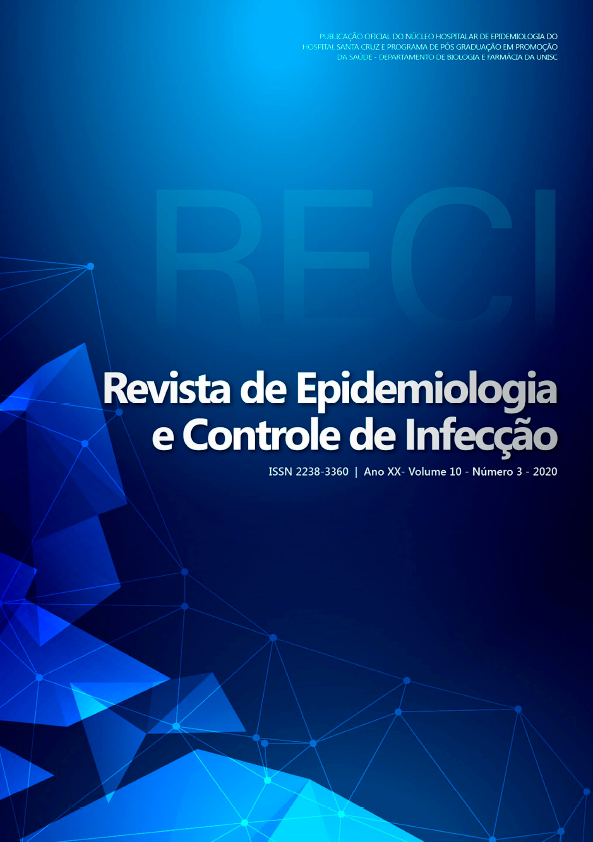Implementation of a vancomycin therapeutic monitoring protocol in adults
DOI:
https://doi.org/10.17058/jeic.v10i3.14582Palavras-chave:
Drug Monitoring. Vancomycin. Clinical Protocols.Resumo
Background and objectives: Therapeutic Drug Monitoring (TDM) is an important tool in optimizing vancomycin therapy, a drug used to treat serious infections caused by grampositive bacteria. The aim of this study was to implement a protocol for the therapeutic monitoring of vancomycin in hospitals and to describe the clinical, laboratory and use characteristics of this drug after its implementation. Methods: The international consensus on vancomycin TDM was used for protocol development. Patient data were collected from medical records and pharmacokinetic software estimates. Results: The vancomycin protocol was implemented at a hospital and made available to the clinical staff. We evaluated 49 patients. Vancomycin was prescribed mainly to treat pneumonia 15 (30.6%). Among the identified microorganisms, Staphylococcus aureus was the most common with 8 cases (50%), and 9 (56.3%) patients were resistant to oxacillin. The average use of vancomycin was 10.6 (± 6.6) days and the loading dose was administered in 33 (67.3%) patients. A total of 5 (11.1%) patients had acute renal failure. Monitoring of Minimal Concentrations in the vancomycin valley (Cmin) occurred in 43 (87.8%) patients. In the first measurement, 16 of them (37.2%) presented Cmin below 10 mcg/dL and 11 (25.6%) above 20 mcg/dL, data considered outside the therapeutic range. Conclusion: The elaboration of an MTF protocol for vancomycin guides the rational and safe use of this antibiotic. Continued training in human resources and investment in dose-adjusting pharmacokinetic software may contribute to the optimization of vancomycin therapy.Downloads
Downloads
Publicado
Como Citar
Edição
Seção
Licença
The author must state that the paper is original (has not been published previously), not infringing any copyright or other ownership right involving third parties. Once the paper is submitted, the Journal reserves the right to make normative changes, such as spelling and grammar, in order to maintain the language standard, but respecting the author’s style. The published papers become ownership of RECI, considering that all the opinions expressed by the authors are their responsibility. Because we are an open access journal, we allow free use of articles in educational and scientific applications provided the source is cited under the Creative Commons CC-BY license.


